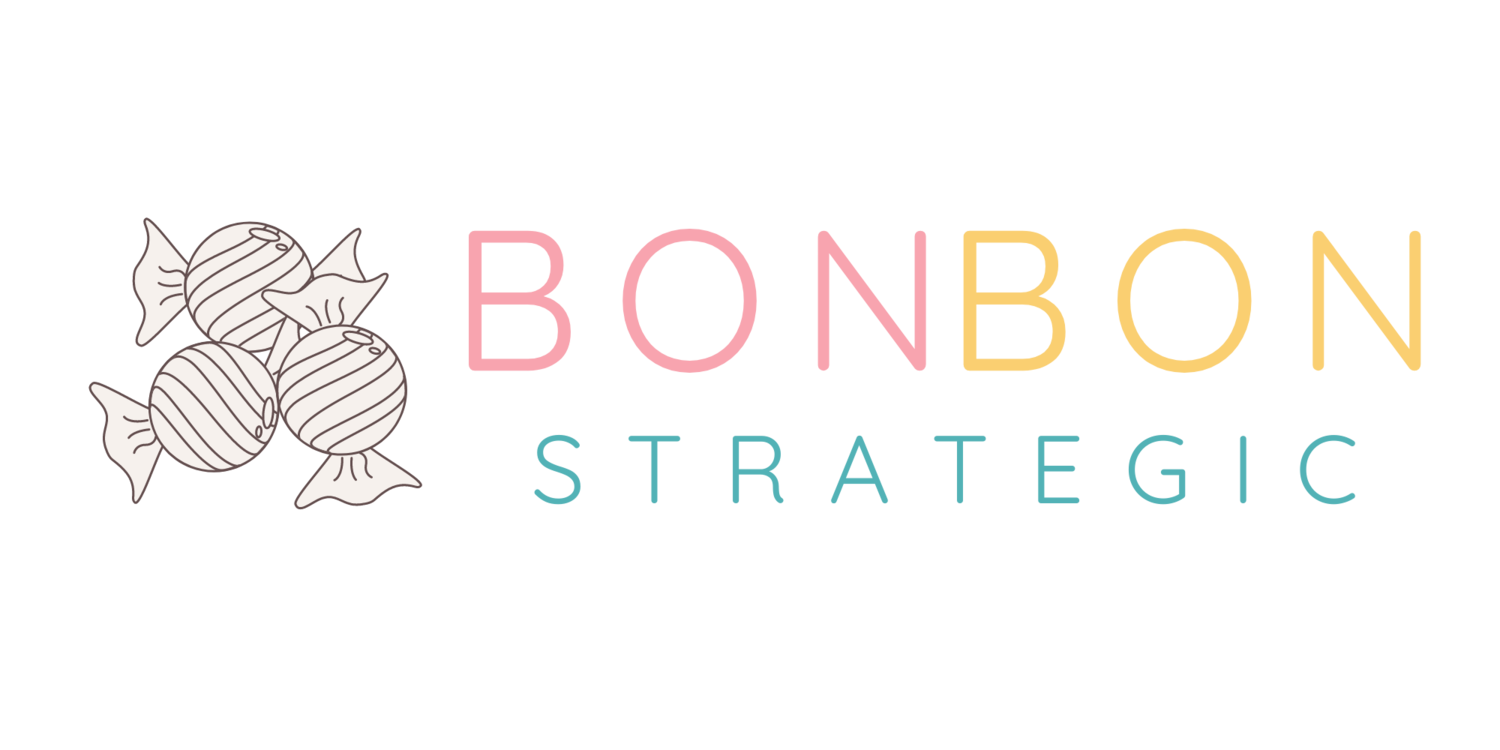Aligning Roles for Maximum Impact (Copy)
Where Strategy Meets Execution
As businesses grow, the same structure that once worked “seamlessly” often starts to crack under pressure. Suddenly, tasks that were straightforward become bottlenecks, and team members might feel stretched thin or frustrated. What’s the culprit? often, misaligned roles and a lack of clarity around responsibilities.
Here’s the deal: when roles and responsibilities aren’t clearly defined or strategically aligned, productivity, efficiency, and morale take a hit. But you don’t have to accept chaos as your norm. Let’s dive into why role alignment matters and how to set your team up for success.
Why Role Alignment Matters
Think of your business as a machine. Each role is a cog in that machine. If one cog is out of place or not functioning as intended, the whole system falters. Misaligned roles lead to:
Duplicated Efforts: When two people handle the same task unknowingly, wasting time and resources.
Unclaimed Responsibilities: When no one knows who’s responsible for a critical task, it gets neglected or lost.
Burnout: Team members juggling too many unrelated tasks eventually burn out.
The solution? A strategic approach to role alignment that ensures every team member works within their strengths and contributes to the company’s goals without overstepping or underperforming.
How to Align Roles Strategically
Conduct a Role Audit
List every role within your organization and outline the associated responsibilities. Identify any gaps or overlaps.
Hot Tip Ask your people to write their own list of current responsibilities - you might be surprised at the difference between what they’re actually doing, and what you THINK they’re doing!
Define Success Metrics
For each role, determine how success is measured. This ensures accountability and helps track progress.
*Base metrics on your expectations for the role, and have Good, Better, Best delineations.
Evaluate Skills and Interests
Align roles with team members’ strengths and passions to increase job satisfaction and productivity.
*Reallocate responsibilities as needed - this may require creating an entirely new role around a specific skillset!
Set Boundaries
Clearly define what each role encompasses—and what it doesn’t.
*Be specific when listing responsibilities in a job description - the better articulated your expectations, the more likely they are to be met!
Communicate, Communicate, Communicate
Regular check-ins ensure everyone understands their responsibilities and can address challenges before they escalate.
*Literally tell your people that you want to hear how they feel about certain responsibilities, ask them about their bandwidth periodically, and thank them (often!) for supporting you and your business. Gratitude goes a loooooong way.
Ready to Realign?
At BonBon Strategic, we specialize in helping businesses streamline operations and align their teams for maximum impact. If you’re ready to ditch the chaos and bring clarity to your organization, let’s chat.
Book a free consultation here.
